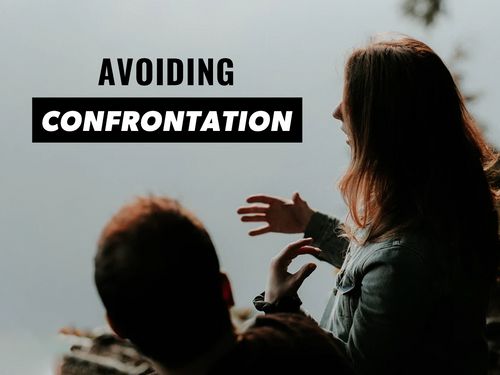Avoid confrontation by learning the art of "verbal judo"
Jul 08, 2022 · 2 mins read
0
Share

Any confrontation can be avoided through the practice of verbal judo: the art of deflecting someone’s hostility and redirecting it towards a positive resolution.
Save
Share
It’s a form of tactical communication developed by George J. Thompson – an English professor with a black belt in karate – while he was working as a police officer.
Save
Share
Rule number one is to never take things personally. Most confrontations boil down to issues related to ego. The trick is to let someone say whatever they want as long as they’re doing what you want.
Save
Share
Empathy is the foundation of verbal judo because it instantly diffuses tension. That doesn’t mean you have to approve or sympathize with the other person; it just means seeing things their way.
Save
Share
There are three types of people: nice ones, difficult ones, and wimps. The nice person will cooperate from the start. The difficult person never co-operates from the start. They’ll push back and ask questions. The wimp is a difficult person disguised as a nice one.
Save
Share
There are five universal truths to human interaction. Everyone wants: 1) to be respected, 2) to be asked (rather than told), 3) to know why they have to do something, 4) to have options rather than threats, and 5) to have a second chance to get it right.
Save
Share
Showing respect is such a sensitive issue that not doing it has led to wars. You don’t necessarily need to respect someone on a personal level, but you do need to treat them the same way you’d want to be treated in an identical situation.
Save
Share
The one way to safely interrupt someone is to say: “Let me make sure I understand what you’ve said.” Then paraphrase it back to them. This helps to soften the tone. Be careful not to make the mistake of thinking explanations are beneath you.
Save
Share
Respond, don’t react. Reacting is saying what naturally comes to your lips. When you do that, you’re not in control… and likely to say something regrettable. Responding is about knowing that people rarely say what they mean; the key is to address the underlying issue instead.
Save
Share
Facts are never enough. It’s how you say them. You should tailor your approach to the situation, but always follow the same blueprint: Listen. Empathize. Ask questions to clarify. Paraphrase and make suggestions. Then summarize the action required. Problem solved.
Save
Share
0